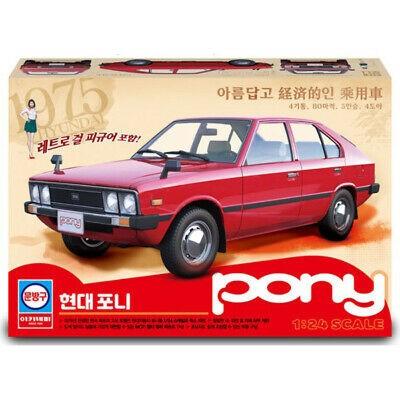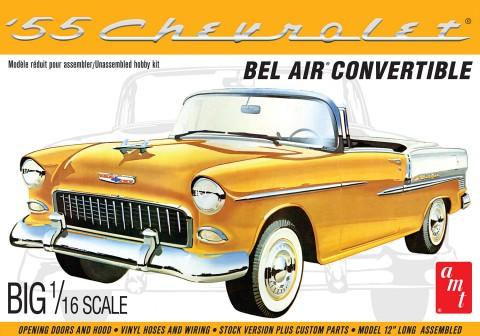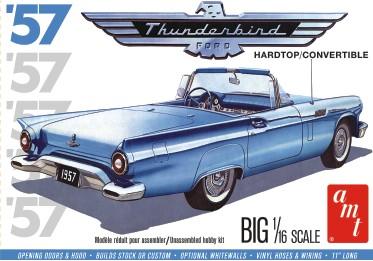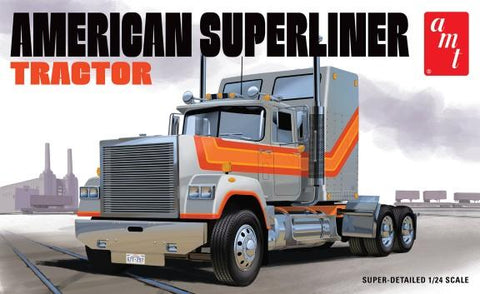
Tamiya Model Cars 1/12 Caterham Super Seven BDR 2017 Car (Re-Issue) Kit
This Product Usually Ships In 2-3 Business Days
TAM-10204 The British Caterham produced Super Seven lightweight sports car, is not only distinguished for its driving pleasure but is equally famous as a back-yard car assembly kit. It is well known that the original Seven was a creation of Colin Chapman, founder of the renowned Lotus group. Lotus history began in the late 1940's when Chapman built a racing car in his backyard, using assorted parts from other cars, and then successfully competed with it in local races. The success of his race car in numerous events led him to design and build racing cars for fellow competitors. It is believed that the Lotus Seven, introduced in 1957, grew out of Chapman's enthusiastic interest in Austin Seven cars. The Lotus Seven was a direct development of his successful Lotus Mk.VI racer of 1953.
The British Caterham produced Super Seven lightweight sports car, is not only distinguished for its driving pleasure but is equally famous as a back-yard car assembly kit. It is well known that the original Seven was a creation of Colin Chapman, founder of the renowned Lotus group. Lotus history began in the late 1940's when Chapman built a racing car in his backyard, using assorted parts from other cars, and then successfully competed with it in local races. The success of his race car in numerous events led him to design and build racing cars for fellow competitors. It is believed that the Lotus Seven, introduced in 1957, grew out of Chapman's enthusiastic interest in Austin Seven cars. The Lotus Seven was a direct development of his successful Lotus Mk.VI racer of 1953.The early layout of the Seven, called the Series-1, had simple body panels attached to a sturdy space frame, with motorcycle type fenders and little protection from the elements. In order to avoid the heavy purchase tax on new cars, Chapman took advantage of a tax rule and offered a complete kit which could be assembled in a short period of time without any special tools. This meant that a car enthusiast could get a very high-performance car at an amazingly low price when compared with factory assembled cars. The Series-2 cars used FRP (Fiber Reinforced Plastic) front and rear fenders, and nose cone. The improved and popular Series-3 cars had a wider tread, a Ford Escort rear axle and front disc brakes. The Series-4 is often described as the most civilized Seven, and the Cosworth engined version is known as the "Super" Seven. Although the Lotus Seven proved a big success, Lotus was heavily involved with Formula One Racing, and this led to a ceasing of production of the Seven in 1973. This was heartbreaking news for sports car enthusiasts, and a small firm called Caterham Cars obtained the sales and manufacturing license from Lotus and continued producing the Series-4 cars.
In 1974, Caterham switched production back to the basic series-3 cars and have continued producing this version, continually upgrading it with modern automotive technology. Their top of the line Super Seven BDR was introduced in 1986, using the powerful Cosworth BDR engine. This liquid cooled, 1690cc in-line 4-cylinder, DOHC 16 valve engine yields 180 horsepower, providing the 600kg car with an awesome power to weight ratio. In order to efficiently utilize this power and hug the roads, the front suspension is a double wishbone type with stabilizer, while the rear uses tough De Dion axles. Beginning in 1988, the car has disc brakes at disc brakes at all four corners. The Caterham Super Seven continues on with Colin Champman's creation of a true sports car offering raw power and fun to drive pleasure in a do-it-yourself one to one scale kit.







